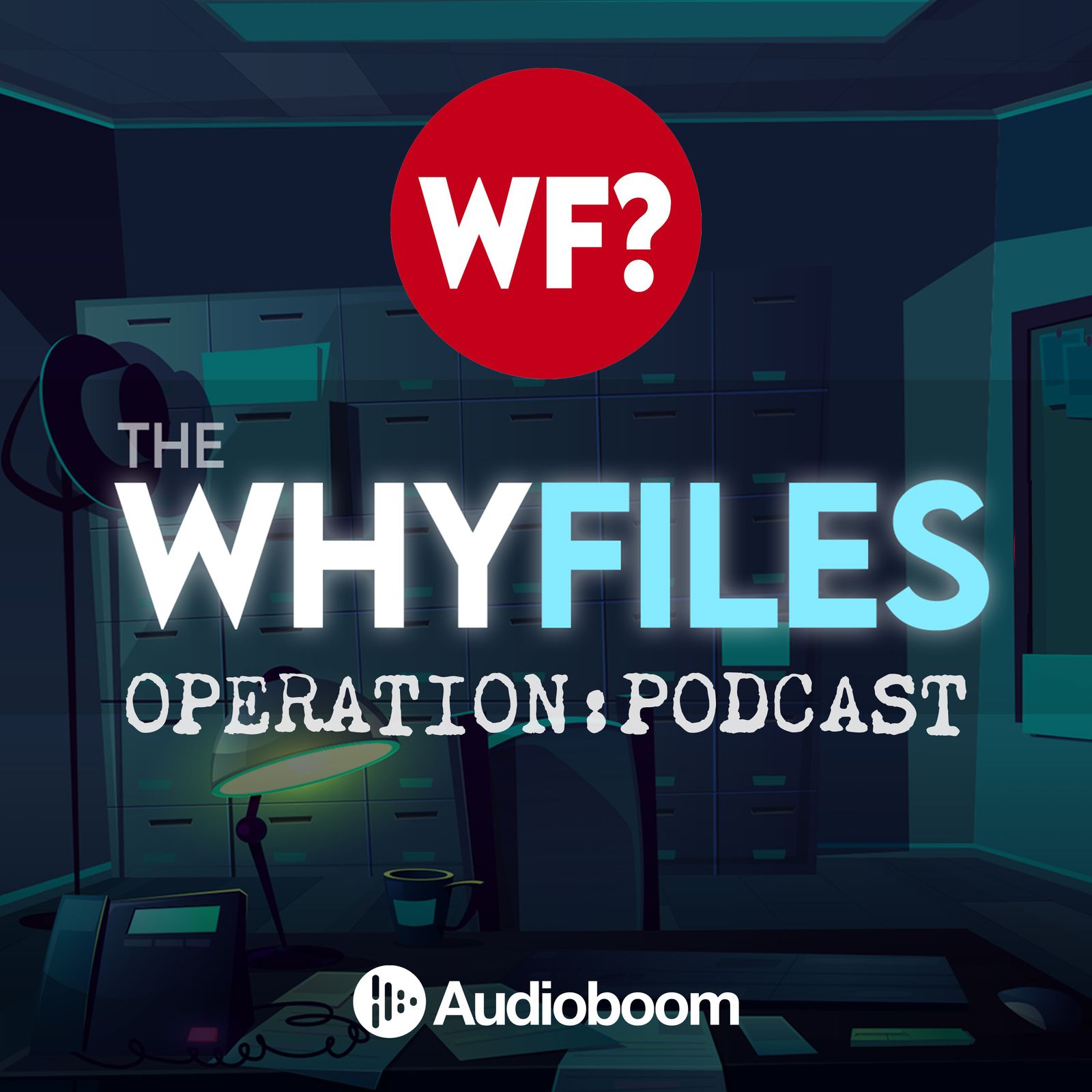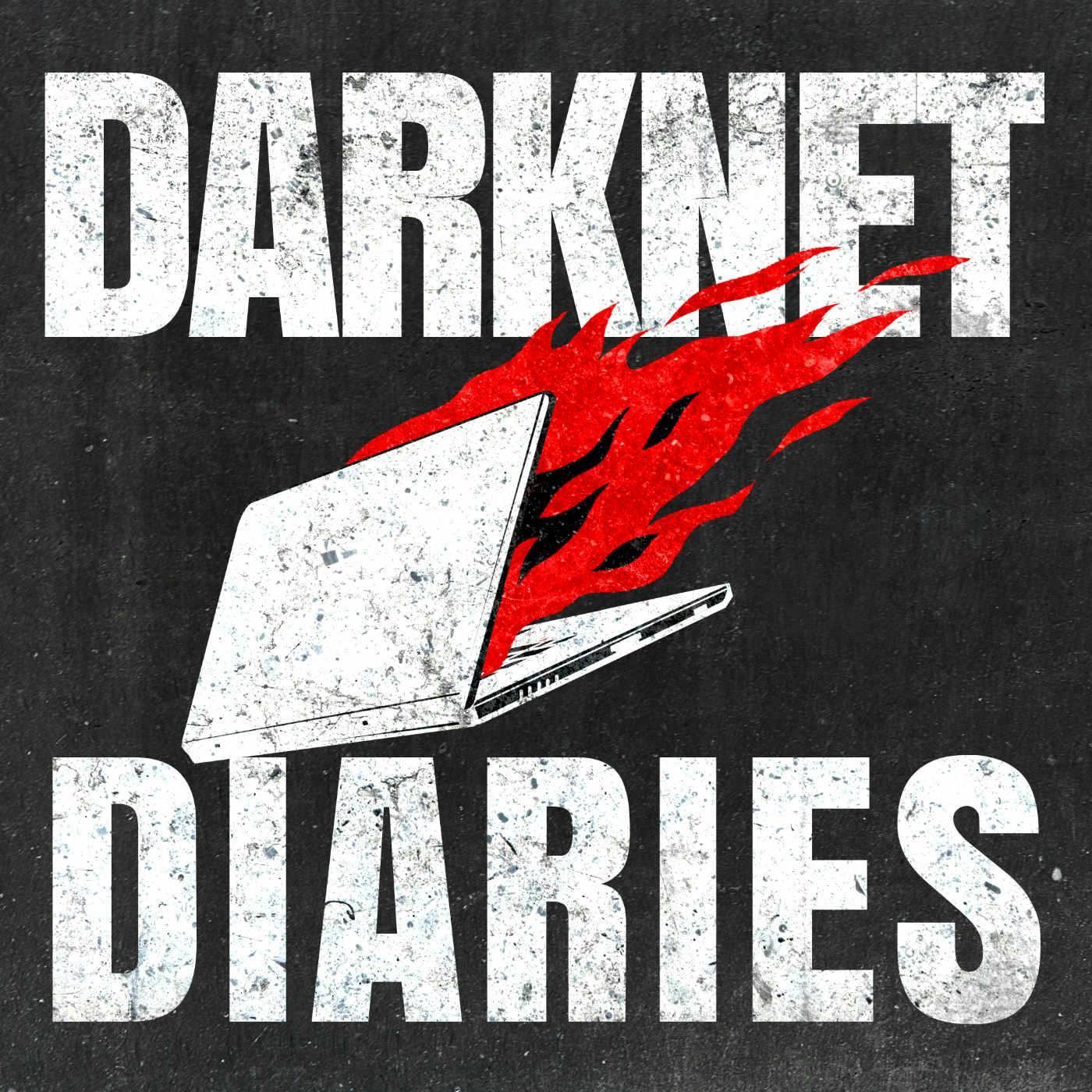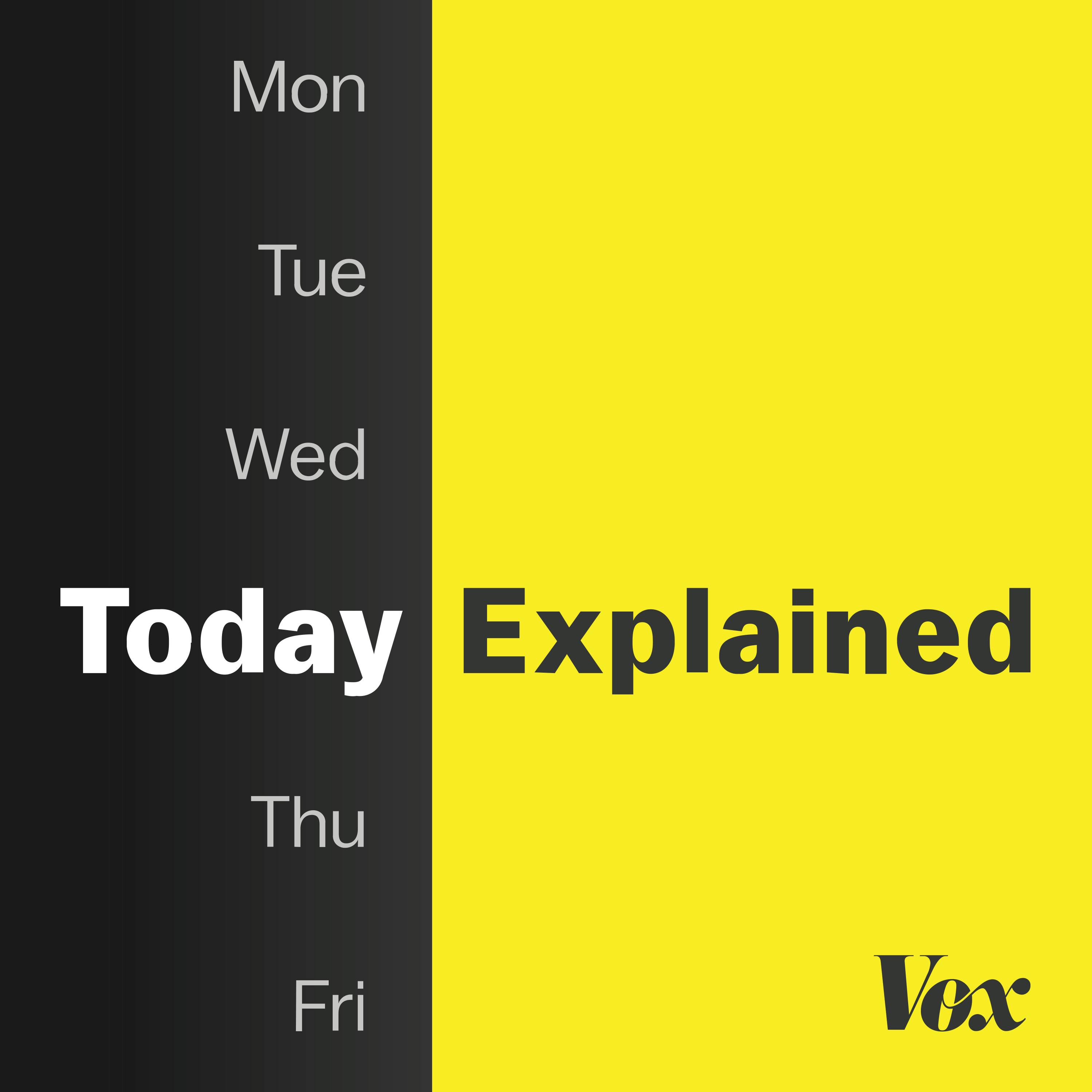
Fully Modulated
From RF chains to IP workflows, from dead air disasters to seamless automation—Fully Modulated dives deep into the world of broadcast engineering. Whether you’re patching signals or planning playout, this is your behind-the-scenes pass to the tech that keeps us on-air.
Fully Modulated
FEMA Restores Critical Funding for Public Broadcaster Safety Systems
When disaster strikes, every second counts. Behind those emergency alerts that interrupt your favorite shows is critical infrastructure that saves lives — and it just got a major boost.
FEMA has lifted a freeze on emergency alert grants for public broadcasters, releasing $9.6 million to 22 media organizations. For rural and remote areas, it’s the difference between getting life-saving warnings about wildfires or tornadoes — or being left in the dark.
The freeze started earlier this year when FEMA paused funding needed to upgrade aging emergency systems. For small stations serving places like Alaska, rural Nevada, and tribal lands, these upgrades weren't luxuries — they were essential. As CPB put it: "Public media stations are a lifeline in emergencies."
The funding, from FEMA's Homeland Security and Hazard Mitigation grants, will help stations finally install redundant systems, backup paths, and new alert tech. Those "annoying tests" you hear? They’re the backbone of real emergency response.
---------------------------------------
📚 Sources
- FEMA Lifts Its Hold on Warning System Grants – Radio World (Paul McLane)
- CPB Press Release: $9.6M in Grants to Rural Public Stations
- FEMA Hazard Mitigation Grant Program Overview (PDF)
- FEMA Homeland Security Grant Program Overview
- Axios Local: FEMA Funds Public Radio Upgrades
- Radio Ink: CPB Resumes Emergency Radio Grants After FEMA Hold
- Current: FEMA Lifts Hold on Next Generation Warning System Grants
-------
Subscribe to Fully Modulated on Apple Podcasts or your favorite podcast app.
Got radio or TV engineering stories? Or just curious how the magic behind the mic and screen works? Whether you're in the biz or just a fan, let’s connect. Reach out on X or Bluesky—I'd love to hear from you!
🦈 Get 3 free months of Surfshark VPN — Protect your privacy, block ads, and browse safely anywhere. If you stick with it for 31 days, Surfshark sends a little something my way too. Win-win.
👉 https://surfshark.club/friend/LYeVgwC8
📱 Try Visible by Verizon and get $20 off your first month — Unlimited data, no contracts, and if you sign up using my link, we both get $20 off.
👉 https://www.visible.com/get/?3NPHHMS
🎙️ Start your podcast with Buzzsprout — It’s what I use to publish mine. If you sign up and upgrade to any paid plan, we both get a $20 credit. No cap on invites, so share the love.
👉 https://www.buzzsprout.com/?referrer_id=2406289
hey there, welcome back to fully modulated the podcast where we pull back the curtain on the world of broadcast tech and media. I'm tyler woodward, your friendly neighborhood engineer turned storyteller, and this show is going to be about making sense of tech and policy shifts that actually change how we connect with audiences, sometimes without us even realizing it. And today we're diving into a story that probably didn't make your local headlines but probably should have. Fema has just announced that they're lifting a freeze on critical emergency alert grants for public broadcasters and, trust me, it's a bigger deal than it sounds. All right, first up, a quick backstory.
Speaker 1:Earlier this year, fema put a hold on funding that the Corporation of Public Broadcast needed in order to upgrade local radio and TV stations for their emergency alert systems. You know the whole EAS. This is a testing that interrupts your favorite song once a month. The hold came down because FEMA needed to work out some issues with how the money was going to be distributed and tracked. The pause meant that stations across the country, especially small, royal ones, they couldn't move forward with critical upgrades for emergency alerts. And when we talk about upgrades, we're not just talking about replacing old hardware. We're talking about keeping communities safer faster alerts during tornadoes, wildfire, amber alerts, all that stuff. It really saves lives. According to Radio World's Paul McLean, fema has now officially lifted the freeze and CPB immediately announced a $9.6 million in grants for 22 public media organizations. As CPB put it, quote Public media stations are a lifeline in emergencies, especially in royal areas with limited access to other communications. Unquote.
Speaker 1:Here's something I didn't even fully realize until digging into it. This grant money wasn't just some special FEMA fund sitting in a drawer somewhere. It actually comes from two bigger FEMA programs the Homeland Security Grant Program, hsgp, and the Hazard Mitigation Grant Program, hmgp. These programs exist to help states, cities andprofits strengthen, you know, things like security, resilience and disaster readiness. Emergency alert systems, like the EAS decoders sitting in your local radio rack. They're a key part of disaster response. If your town can't tell people to evacuate quickly because their warning system is broken, that's a huge problem. Hsgp funds projects that boost homeland security, like communication upgrades. Hmgp funds projects that reduce disaster risk before they even happen, and that definitely includes upgrading public warning systems. Fema's own hazard mitigation brochure says quote hazard mitigation is the effort to reduce loss of life and property by lessening the impact of disasters. Unquote.
Speaker 1:So what happens now for local stations. With the hold lifted, stations can finally get moving on upgrading or replacing old emergency equipment stuff that might have been running on duct tape and prayers. Cpb already announced the first batch of awards, including money for things like satellite-based backup paths, new encoders and decoders and better redundancy, especially critical for small royal areas where power outages can leave whole regions in the dark. Some stations receiving grants are in really remote spots Alaska, royal Nevada, tiny tribal areas the places where losing a warning system could literally be life or death. Paul McLean over at Radio World put it simply quote these upgrades will make local stations more resilient and able to deliver critical emergency information during disasters. Unquote.
Speaker 1:So today we've learned FEMA put a freeze on critical EAS upgrade funding. That freeze hit public broadcasters hard, especially smaller ones in royal areas. But now, thanks to lifting on the hold, stations can finally modernize and strengthen their emergency alert systems and those grant programs HSGP, andp and hmgp. They're the unsung heroes that make it all possible behind the scenes. Don't forget to check out the show notes for links to today's sources and, if you like the show, smash that follow button and text in your thoughts. That link is in the episode description.












